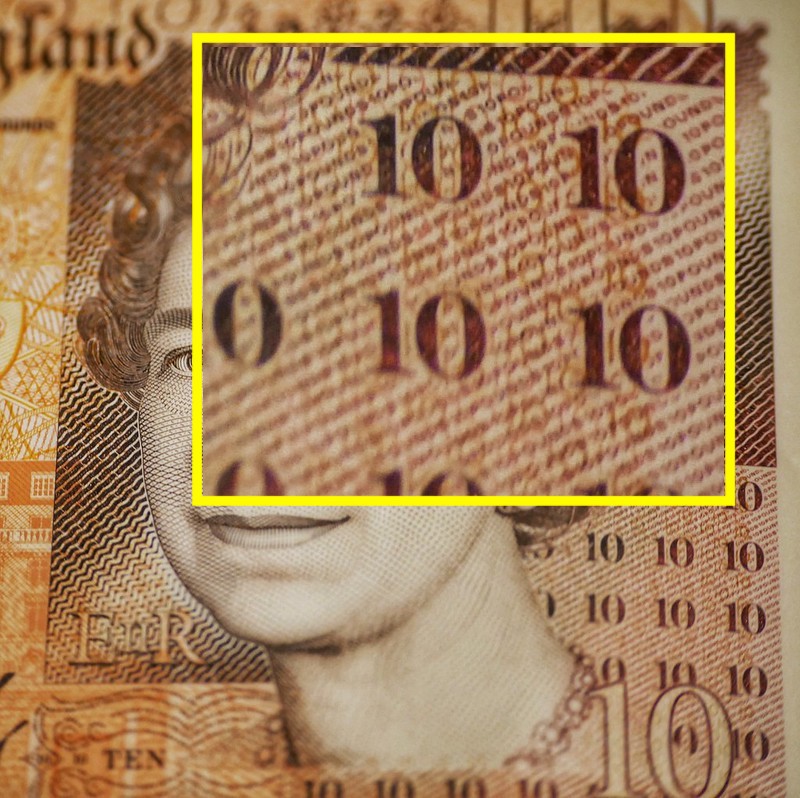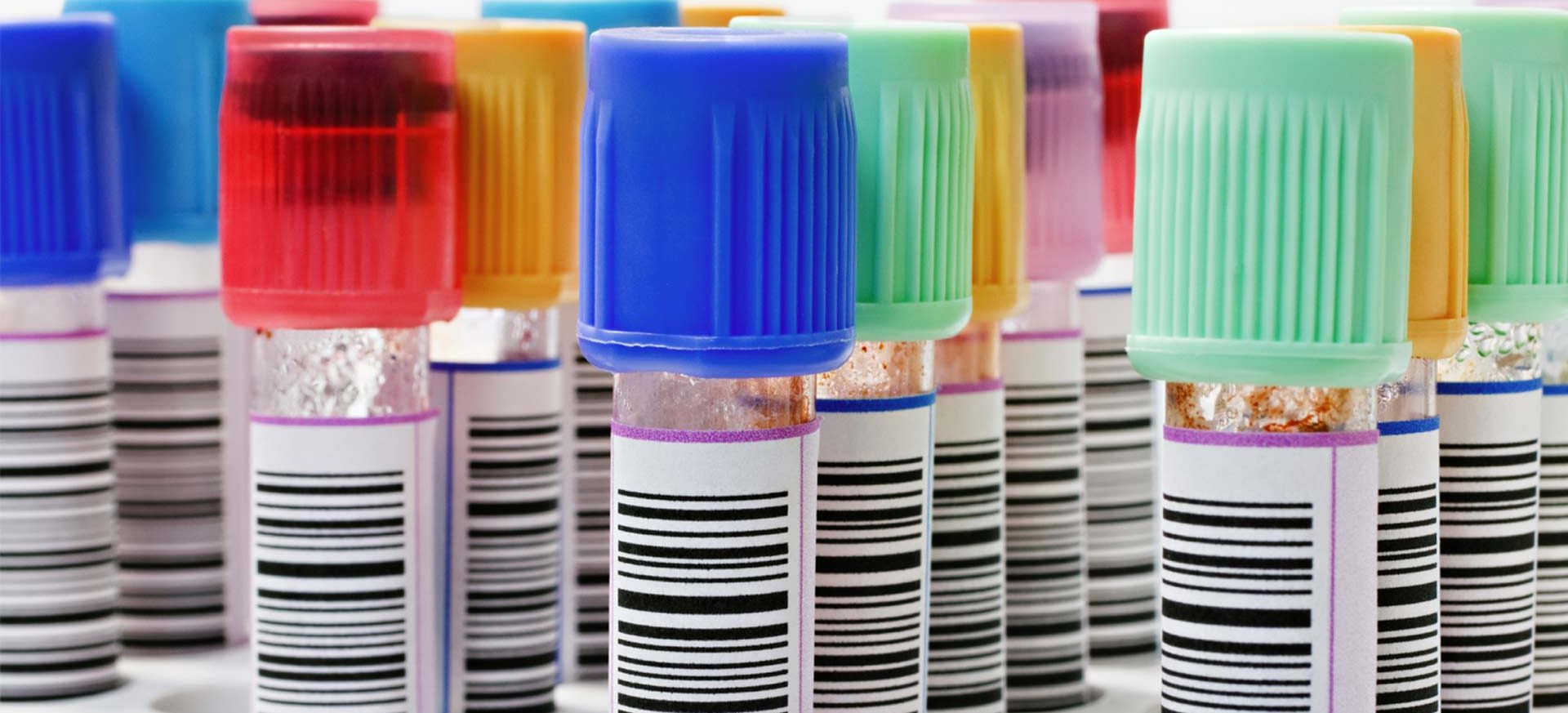
Tips and Tricks for Security Labels
Counterfeiting is where your products are copied and sold as genuine. Counterfeiting has two effects – a short-term loss in sales and long term damage to your brand’s good name. Counterfeiting is a slow poisoning of your brand, when consumers are fooled by the fakes and think your products are shoddy, low quality and – in the case of pharmaceuticals – potentially lethal. Frustrating though it is, there are ways to protect your brand. In this article, you’ll see how security labels can use electronic tags, security inks, micro-printing and watermarking to make copying your products less attractive to the thief.

Electronic Tags (RFID and NFC Tags)
Electronic tags come in two types.
- NFC (Near Field Communication) tags and
- RFID (Radio-Frequency Identification) tags.
They use the same technology you find in your contactless payment cards.
RFID labels have three advantages over Barcodes.
- First, they can contain much more data than a barcode or QR code.
- Secondly, they can be written to (barcodes can only be read from).
- Thirdly, technology exists where they can be protected from cloning. Most barcodes can be copied quite easily.
How do Electronic Tags prevent counterfeiting?
They let people check if a product is real by checking in a database. The advantage electronic tags have over barcodes (which also point customers to a database on the internet) is that data about the item can be stored on the electronic tag. No need to connect to the internet.
They make it easier to track items through the supply chain.
They make it more difficult to copy the item identity.
Security Inks and Printing Tricks

Now, let’s talk about security inks. They’re special because they have hidden features that counterfeiters often fail to notice. Some of these inks glow under certain lights and others appear when they’re heated. These are quick ways to check authenticity.
Brand owners can use these inks to make sure their products are real, at different stages of the supply chain. It also gives a chance for brands to make their products unique, so customers can tell they’re getting the real deal.

The advantages security inks have over other means of protecting your products are cost and convenience. Compared to electronic tags, it costs much less. A UV light is easy and low cost. Most consumers have a hair-dryer they can use to check their purchase with heat reactive ink.
In the image above, the security seal is printed with UV ink. When the airline engineer shines a UV lamp under the seat they can see the seal securely in place.
Security inks are easy. Shine the right kind of light and you can see your message. This can be deployed in the supply chain quickly and easily.
Serious counterfeiters will check for special inks – but it still adds an extra level of security that not all will look for.
Watermarking and Micro Printing

Watermarking is like a hidden mark on a label that you can only see from certain angles. It’s not impossible for the counterfeiters to copy, but makes copying your product more difficult (and expensive).
The disadvantage with Watermarking is that Watermarks are usually seen when they’re held up to light – and with labels being applied to solid objects – this technique might not be the most practical.
Micro-Printed Text

Micro-printing is the near microscopic text you might see on bank notes. Typically, it’s text that’s one third of a millimetre tall. In the example above the words “10POUNDS” are barely visible to the naked eye, but someone carefully examining your products could see the absence of microtext.
The printing technology needed to make such small text isn’t easy to find, so it makes life harder for counterfeiters. Luckily we have printing presses that are able to print micro text.
What Are The Consequences of Counterfeit Products to You?
Protecting your products against counterfeiting is expensive. You will need a range of expensive countermeasures.
If you have done a careful risk assessment and decided that the potential downside of fake products is worth protecting against – we can help. We’re able to help you with all the safeguards you need to protect your brand and products.
Helpful links
Counterfeit Goods: Impacts on Consumers and the Economy
We all like to feel like we are getting value-for-money on anything we purchase, but sometimes a bargain can leave us feeling cheaper than expected when it turns out to be a counterfeit, sub-standard imitation of the real thing. Read the full article here: https://consumeradvice.scot/counterfeit-goods-impacts-on-consumers-and-economy/
Trade in Counterfeit Products and the UK Economy – 2019 Update
Learn more of the statistics here: https://www.oecd.org/governance/risk/trade-in-counterfeit-products-and-the-uk-economy-2019.htm
What Are NFC Tags? A Beginner’s Guide
The popularity of smart devices has skyrocketed in recent years. And the more powerful smart devices become, the more we can use them to interact with our environment. A seamless user experience for connected living needs efficient solutions to transmit data and trigger events — near-field communication (NFC) is one of the elements that enables devices to connect with each other to exchange data. Learn more here: https://www.nomtek.com/blog/what-are-nfc-tags
Last Updated: 29 November 2023
- Barcode Labels
- Biodegradable Labels
- Block Out Labels
- Booklet and Fold out Labels
- Cryogenic Labels
- Fan-Fold Labels
- High Temperature Heat-Proof Labels and Tags
- Label Design and Print Software
- Loop Lock Labels
- Peel and Reveal Labels
- PiggyBack Labels
- RFID and Security Labels
- Security Labels
- Sustainable Labels
Get a Free Sample Pack
-
Our Products -
More Products



